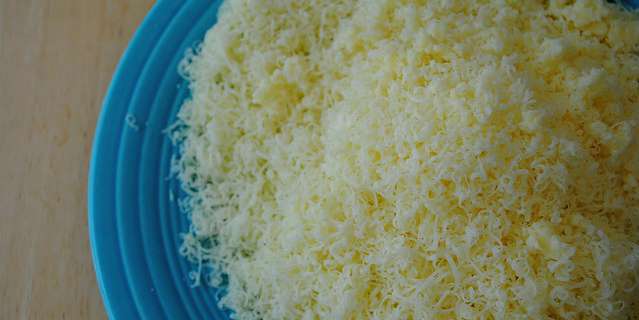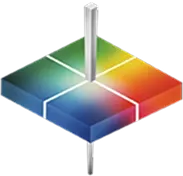
“Carbon black, also called charcoal black lamp black, pigment black, soot or black carbon, is a fine particle carbon pigment obtained as soot from the incomplete combustion of many different types of organic materials, such as natural gas, or oil. Carbon black is usually a fine, soft, black powder. It is very stable and unaffected by light, acids and alkalis. It is commonly used in printing and lithograph inks and in Chinese ink sticks. In industry, carbon black is used as a filtration material and a filler /pigment in coatings, rubber, plastics, paints, carbon paper, and crayons.
Some synonyms for carbon black pigment —- Channel black; lampblack; Pigment Black 6 and 7; CI 77266; gas black; diamond black; smoke black; soot black; flame black; furnace black; acetylene black; thermal black; graphite; charcoal black; coal black; bone black; vine black; sumi (Jap.); hiilimusta (Fin.); nero di carbone (It.); noir de carbone (Fr.).” Source: Dandong MB Carbon Black Pigment Co., Ltd, China www.mbssth.com
For how black is black, there are 3 metrics used to quantify the color quality of black created in a coating, plastic and rubber substrates.
Blackness My is a measure of the degree of blackness, directly related to the reflectance. Typical reflectance values are typically below 5% and can be below 1% for the best blacks. The bottom-of-scale standardization of the instrument sets a measured reference for 0%.
Blackness My = 100*log (Yn/Y)
Jetness Mc is the color dependent black value developed by K. Lippok-Lohmer. As the Mc value increases, the jetness of the masstone increases. Sample preparation is typically based on an opaque drawdown of a black masstone based on black pigment and binder.


